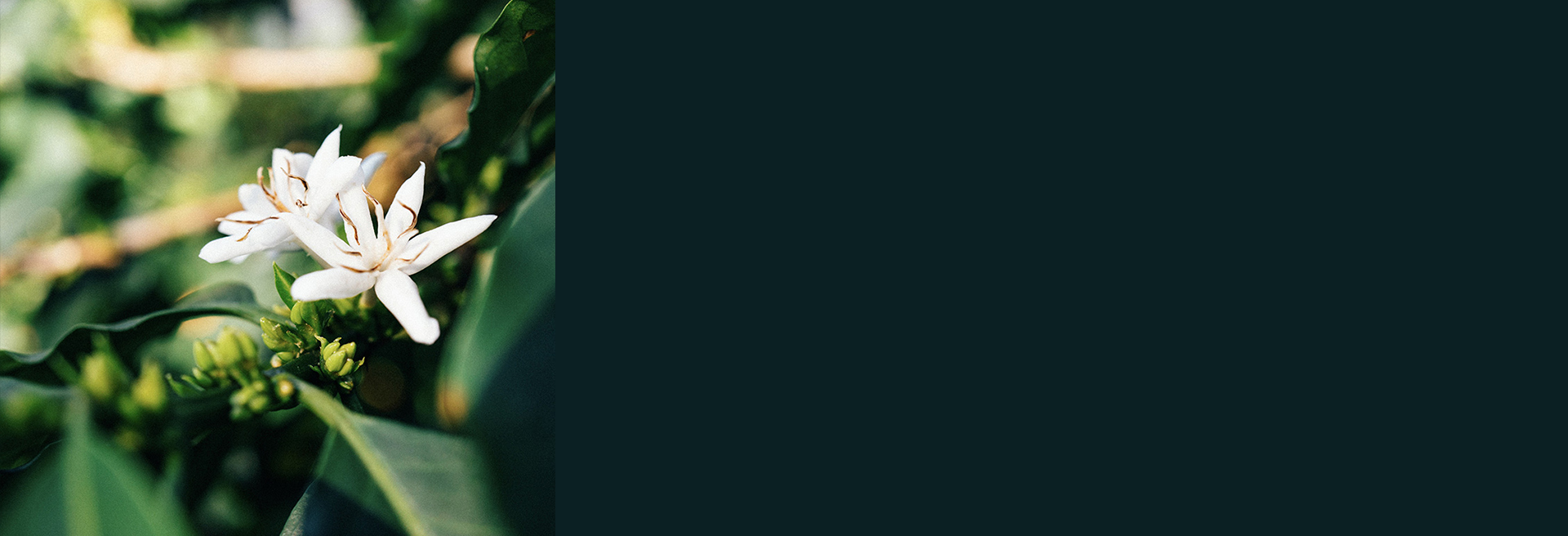Indonesia
Blue Batak - Indonesia
250g
QUALITY SCORE: 89.00
Cup Notes
Butterscotch / Malt / Grapefruit / Earth / Herbal / Tobacco
Suggested for espresso and filter
when we roast
We freshly roast to order all coffees on Monday, Wednesday and Friday (excluding national holidays), and ship the same day! Cut-off time is 11:59pm (UTC+1) of the day before the roast day. *We only ship whole beans*
Details
- Producer
- Several small farmers
- Country
- Indonesia
- Terroir
- Toba lake
- Altitude
- 1650 mt
- Process
- Wet hulled
- Arabica cultivar
- Typica
- Picked in
- February 2018
- Arrived in
- September 2018
- Shipped in
- Jute + GrainPro
- Roast profile by
- Rubens Gardelli
- Roasted on
- Customised solid-drum roaster
THE STORY BEHIND
Indonesia's complex supply chain makes it difficult, if not downright impossible, to access single origins. we are excited to share this balanced, full-bodied and herbal coffee with you.
Blue Batak derives its name from the indigenous Batak people who grow coffee in the north of Sumatra.
In total about 3500 small farmers produce 4 to 5 bags of coffee per year. Each farmer has about 500 to 1000 trees planted on 0.5 to 1 hectare of land; most topography of the area is flat with an altitude of 1550 to 1650 meters above sea level. Soils are mainly acids, with medium fertility and rich in organic matter. Coffee trees mostly grown under sun with some shade of Eryantha tree at low density
Coffee beans are handpicked when ripe and processed by manual pulpers. The wet parchment then is left in plastic bags for 10 to 12 hours for the fermentation process. Then the mucilage as well as floaters and husk is removed by hand while washing in clean water. Then coffee is quickly sun-dried until they reach 50% of humidity and cleaned before rapidly selling to local market.
Only the best high-humidity content parchment is purchased by the final mill; then the mill sun-dry the parchment again for other 1 or 2 days before hulling. As a result of that, the parchment undergo the hulling process at a very high level of humidity content, around 25%. Then the ânakedâ beans are dried until they reach the right level of humidity for export, that is 11%. All these steps gives Blue Batak a unique cup profile.
THE VARIETY
Typica originated from Yemeni stock, taken first to Malabar, India, and later to Indonesia by the Dutch. It later made its way to the West Indies to the French colony at Martinique. Typica has genetically evolved to produce new characteristics, often considered new varietals: Criollo (South America), Arabigo (Americas), Kona (Hawaii), Pluma Hidalgo (Mexico), Garundang (Sumatra), Blue Mountain (Jamaica, Papua New Guinea), San Bernardo & San Ramon (Brazil), Kents & Chickumalgu (India)
THE FERMENTATION PROCESS
The wet-hulled process typical of Indonesia is locally called Giling Basah.
Giling Basah is a term used by Indonesian coffee processors to describe the method they use to remove the hulls of Coffea arabica.
Most small-scale farmers in Sumatra, Sulawesi, Flores and Papua use Giling Basah. The mature coffee bean, referred to as green coffee bean, is first harvested. In the Giling Basah processing method, farmers remove the outer skin from the cherries mechanically, using locally built pulping machines, called “luwak”. The coffee beans, still coated with mucilage, are then stored for up to a day. Afterwards the mucilage is washed off and the parchment coffee is partially dried for sale, retaining only 30% to 35% of the moisture content.
Processors and collectors then hull the coffee in a semi-wet state, which gives the beans a unique bluish-green appearance. This method is thought to reduce acidity and increase body, resulting in the classic Indonesian cup profile.
The Giling Basah process can create a "goat's foot," a split on one end, in green coffee beans. Sometimes the hulling machine partially crushes a soft bean, giving the bean a shape resembling a cloven hoof.



